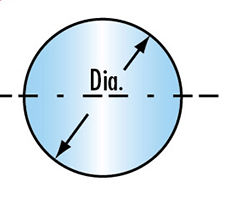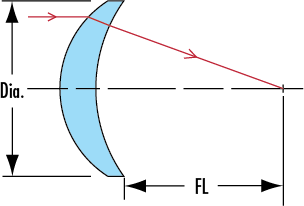In the era of intelligent homes, information security has become a critical concern. With the rise of big data, privacy breaches and security threats have become increasingly common. One well-known example is the "Prism Gate," which exposed how personal data can be accessed without consent. This raises an important question: In this age of big data, do we still have any real privacy? How should we balance the benefits and risks of this new digital era? And more importantly, who is responsible for protecting the sensitive data that powers our smart homes?
Big data has brought about a "time revolution" in our daily lives, but safety remains the top priority. As Oxford University professor Victor Mayer-Schönberger mentioned in his book *Big Data*, this is a true "revolution" that will reshape industries and even change the way we think. We are now living in a digitally driven economy, where vast amounts of data are creating a new universe of possibilities. While we enjoy the convenience brought by big data, we also find ourselves under constant surveillance. The Prism Gate incident highlights the power and potential dangers of this data-driven world.
When it comes to cloud computing and big data security, smart homes come to mind. The development of cloud computing and big data has made the Internet of Things (IoT) possible, and it has significantly advanced the smart home industry. Smart homes, as part of the IoT ecosystem, rely heavily on these technologies. In recent years, smart homes have evolved from wired systems to wireless ones, becoming more user-friendly, secure, and reliable. Cloud computing plays a central role here, allowing users to store and manage their home data in the cloud, while also enabling remote control of smart devices.
However, while cloud computing has greatly enhanced smart home capabilities, it also raises serious concerns about data security. Every connected device in the home generates a wealth of personal data, which is stored on cloud servers. On the surface, this seems convenient and intelligent, but it also creates vulnerabilities. Hackers could exploit this data, leading to privacy violations and security risks.
Ensuring the security of sensitive information is essential for smart homes to be widely adopted. Encryption is one of the most effective methods to protect data. Encrypted information is difficult for unauthorized users to access, and even if stolen, modern backup and recovery technologies can help mitigate damage. Therefore, as long as data is secure, the entire smart home system can operate safely.
Privacy protection can also be achieved through techniques like data encryption and access control. A recent article published by ReadWrite.com highlighted that personal privacy is a crucial aspect of smart home development. The article pointed out that unresolved privacy issues could hinder the growth of smart home technology, turning it into a source of concern rather than convenience.
Data security in smart homes is similar to other fields—protecting the source of the data is key. In the information age, data has become more valuable than ever. As the Internet of Things continues to grow, the types of security threats that data faces are becoming more diverse and complex. Ensuring the safe flow of sensitive information requires strong access controls and data protection measures.
The emergence of smart homes opens up a bright future for all of us. We believe they will bring significant changes to traditional lifestyles and usher in a new technological revolution. However, for smart homes to seamlessly integrate into our daily lives, data security must be prioritized. Implementing targeted data encryption and using advanced security solutions is not just a good idea—it's a necessary step toward a safer and smarter future.
Meniscus Cylinder Lens
Meniscus cylinder Lens can increase the NA of the system while only adding slightly to the total spherical aberrations. The Negative Meniscus cylinder Lens is used to increase the focal length of another Cylindrical Lens while maintaining the angular resolution of the optical assembly. This lens shape is best used when one conjugate is relatively far from the cylindrical lens.
Some styles of cylindrical lenses have antireflective coatings to increase the transmission of light through the lens.
Fused silica cylinder lenses are ideal for demanding laser machining and medical applications.


                                       Negative Meniscus cylinder lens   Â
Â


Â
                                        Positive Meniscus cylinder Lens
Â
Specification of our meniscus cylinder lens or Plano-Convex Cylindrical Lens as follow:
*Material: BK7,Ge,UV-grade fuse silica(JGS1,JGS2,JGS3)or other optical materials
*Dimension Tolerance: +0.0 -- -0.1mm
*Center Thickness: +/-0.1mm
*Focal Length Tolerance: +/-1%
*Surface Quality:20/10
*Surface Figure: lambda/2 at 633nm on plano side
*Clear Aperture>90%
*Chamfer: 0.25mm at 45 degree typical
*Coating Optional
Meniscus Cylinder Lens,Optical Glass Meniscus Cylinder Lens,Meniscus Spheric Lens,Meniscus Cylindrical Lens
China Star Optics Technology Co.,Ltd. , https://www.csoptlens.com



